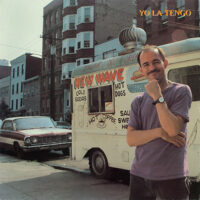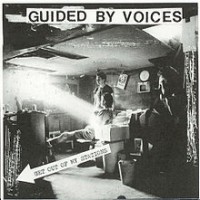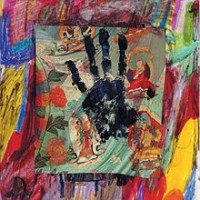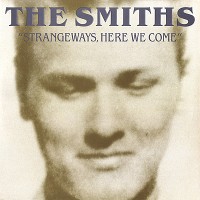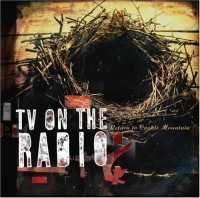
Talk about a uniquely weird major-label debut… The New Hope, Pennsylvania duo Ween were coming off two strange indie albums that were definitive cult artifacts: God Ween Satan: The Oneness and The Pod. (I’m going to ignore the pre-God Ween Satan cassettes, if it’s okay with you. Right here I’ll admit I’m a Ween dilettante, so I’m sure that the hardcore fans will find much in this review about which to quibble. So be it.) Jumping to Elektra in the wake of Nirvana’s Nevermind blowing up, Ween somewhat spiffed up the production values on Pure Guava and let their pop instincts flow while still allowing their soiled freak flag to flutter wildly in the sooty wind.
Naturally eclectic, preternaturally goofy, and seemingly prodigious drug-partakers, Gene Ween (Aaron Freeman) and Dean Ween (Mickey Melchiondo) treated genres such as prog, psych, punk, funk, metal, folk, country, reggae, and gospel like Beavis & Butthead treated societal niceties. These scatologically minded guitarist/vocalists could play their asses off, but they had an aversion to doing things straight (in at least two senses of the word). You can hear their perverse inclinations bloom like the daisies that everyone’s going to be pushing up.
Speaking of which, Pure Guava features Ween’s biggest hit, “Push Th’ Little Daisies,” which lit up MTV, back when that station served a crucial music-biz function. It’s a decidedly amiable slice of hot-fun-in-the-summertime pop with cute, helium-aided vocals and guitars warped to a smeared jangle. Sounds amazing when you’re baked, I’d imagine. Its success must’ve made Elektra feel smug over their risky signing paying off.
The shinier production and bigger budget didn’t erase Ween’s innate trippiness, even on a sincere loner plaint such as “Little Birdy.” With its whispered vocals and solemn melody, “Tender Situation” exemplifies Ween’s ability to blur the distinction between seriousness and parody. The bizarre Theremin-like noises that brighten the song’s corners sure keep the listener guessing.
“The Stallion (Pt. 3)” and “Don’t Get 2 Close (2 My Fantasy)” basically invented Tenacious D, thanks to their overly formal vocal enunciation, faux-prog flourishes, and absurd lyrics—a mixed blessing, to be sure. Better, though is the excellent, low-key novelty rock of “The Goin’ Gets Tough From The Getgo” and the lo-fi, crazy-angled funk of “Reggaejunkiejew”—which is about 100 times better than its title. “I Play It Off Legit” might be the most nonchalantly cool song in Ween’s voluminous catalog; remove the mumbly vocals and it wouldn’t sound out of place on Tortoise’s first album.
“Pumpin’ 4 The Man” is a speedy country pisstake whose music crushes the stoopit lyrics while “Sarah” is a dewy, heart-on-sleeve ballad that kind of foreshadows “A Tear For Eddie,” Ween’s tribute to Funkadelic’s “Maggot Brain.” This is contrasted by a slew of tunes in the record’s second half that are full of creative instrumentation and odd stylistic juxtapositions, unfortunately marred by jokey vocals and cringey lyrics that wear out their welcome. That being said, “Mourning Glory” is an adequate Butthole Surfers tribute.
Pure Guava peaks on “Springtheme,” a sublime homage to Prince at his most blissed out and falsetto’d. It’s such a laid-back, suave seducer of a song, it should come with birth control. Again, it’s hard to ascertain if Ween are parodying or honoring, but whatever the case, the magic here is undeniable. This may be a minority opinion, but “Springtheme” is Ween’s best song… by at least a few nipple hairs. -Buckley Mayfield
Located in Seattle’s Fremont neighborhood, Jive Time is always looking to buy your unwanted records (provided they are in good condition) or offer credit for trade. We also buy record collections.





